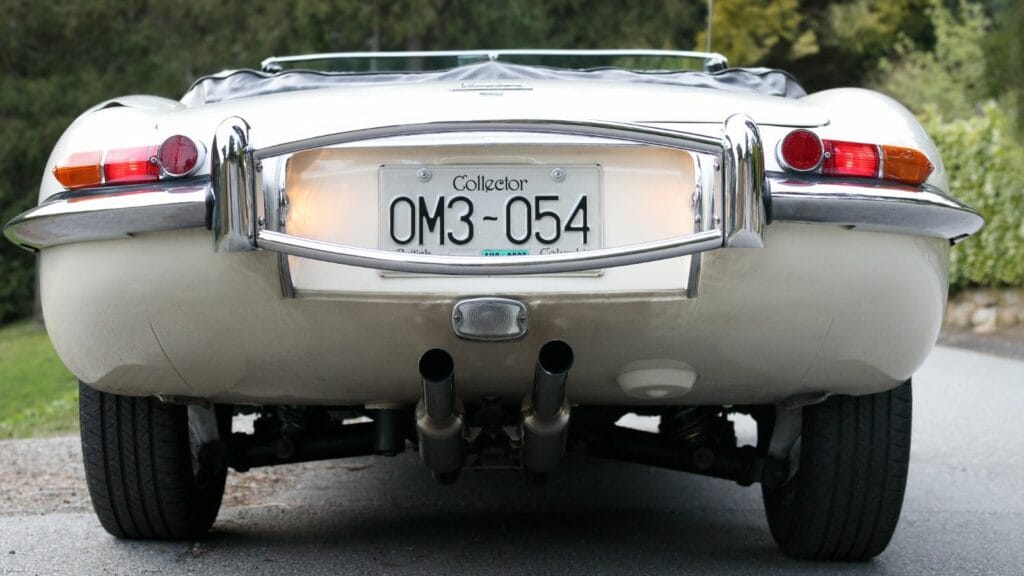Classic car culture in Canada is full of passion, stories, and a little bit of red tape. Whether you’re importing a JDM icon, restoring a muscle car, or cruising in a vintage convertible, there are laws and regulations that shape how enthusiasts can own, drive, and enjoy their classics. Some rules help preserve history, others protect safety, and a few are downright quirky. Expanded with more detail, anecdotes, and real-world examples, here are 20 Canadian laws related to classic cars that are super interesting.
The 15-Year Import Rule

Canada’s 15-year import law is a game-changer compared to the U.S. 25-year rule. It means Canadians often get first crack at Japanese, European, and other foreign classics that Americans can’t legally buy yet. That’s why cars like the Nissan Skyline R32, Mitsubishi Evo IV, and Toyota Soarer became familiar sights on Canadian streets years before they crossed into U.S. garages. Enthusiasts here love the advantage, and it’s one reason Canada has such a strong JDM scene.
Antique Plates and Registration
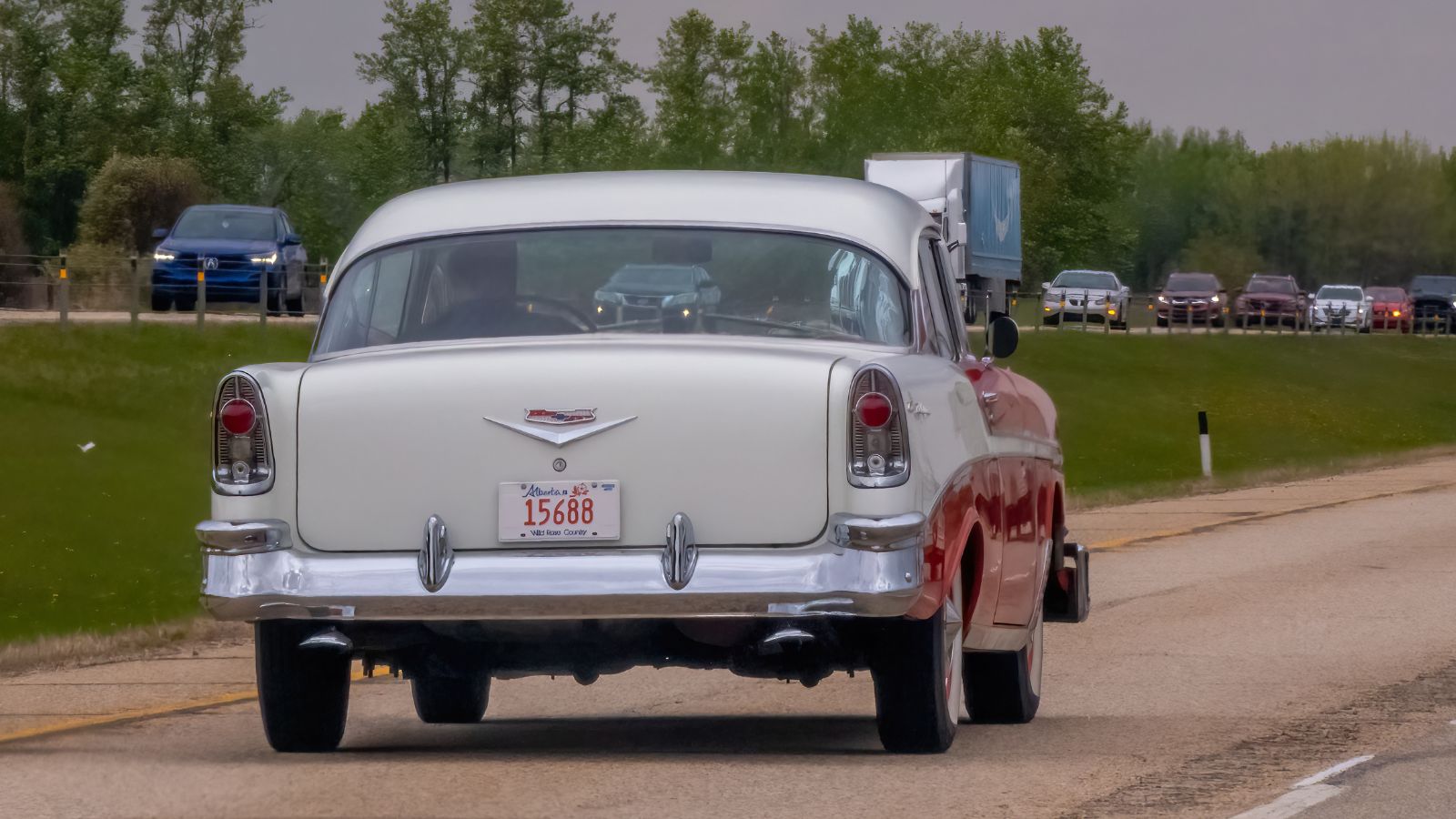
Most provinces offer antique or classic plates for cars 25 years or older. These plates usually cost less but often restrict how the car can be used — for parades, car shows, or occasional leisure drives, not for daily commuting. For many enthusiasts, the trade-off is worth it, since insurance and registration fees can be dramatically cheaper. In Ontario, for example, antique plates are practically a badge of honor at summer car meets.
Emissions Testing Exemptions
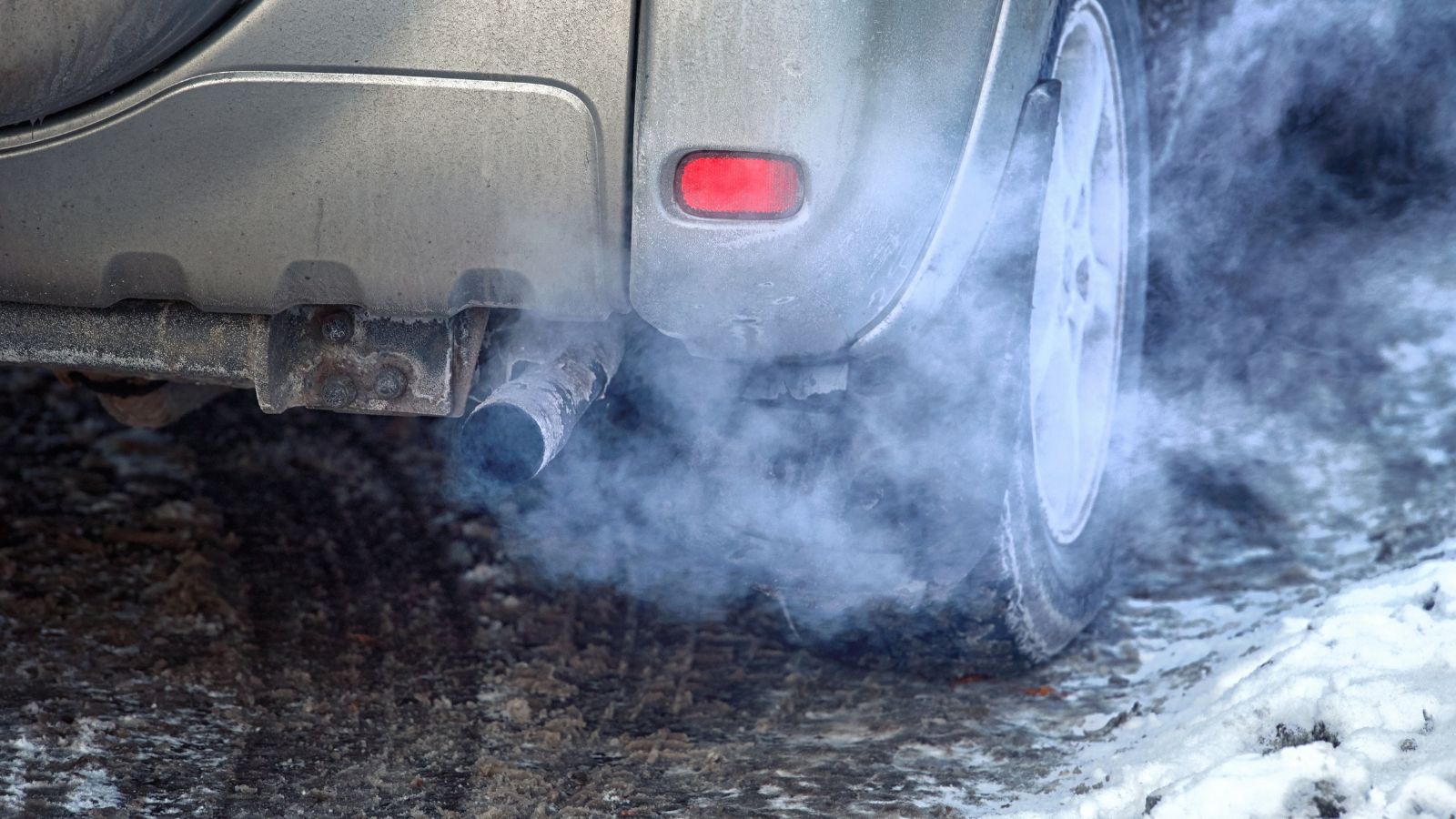
Emissions testing has long been a headache for modern car owners, but classics often escape it. Ontario ended Drive Clean testing for pre-1988 vehicles, and other provinces like Alberta and British Columbia have similar exemptions. This makes it easier to keep classics roadworthy without expensive modifications, which is a relief for owners of carbureted V8s that would never pass modern standards.
Insurance Categories for Classics
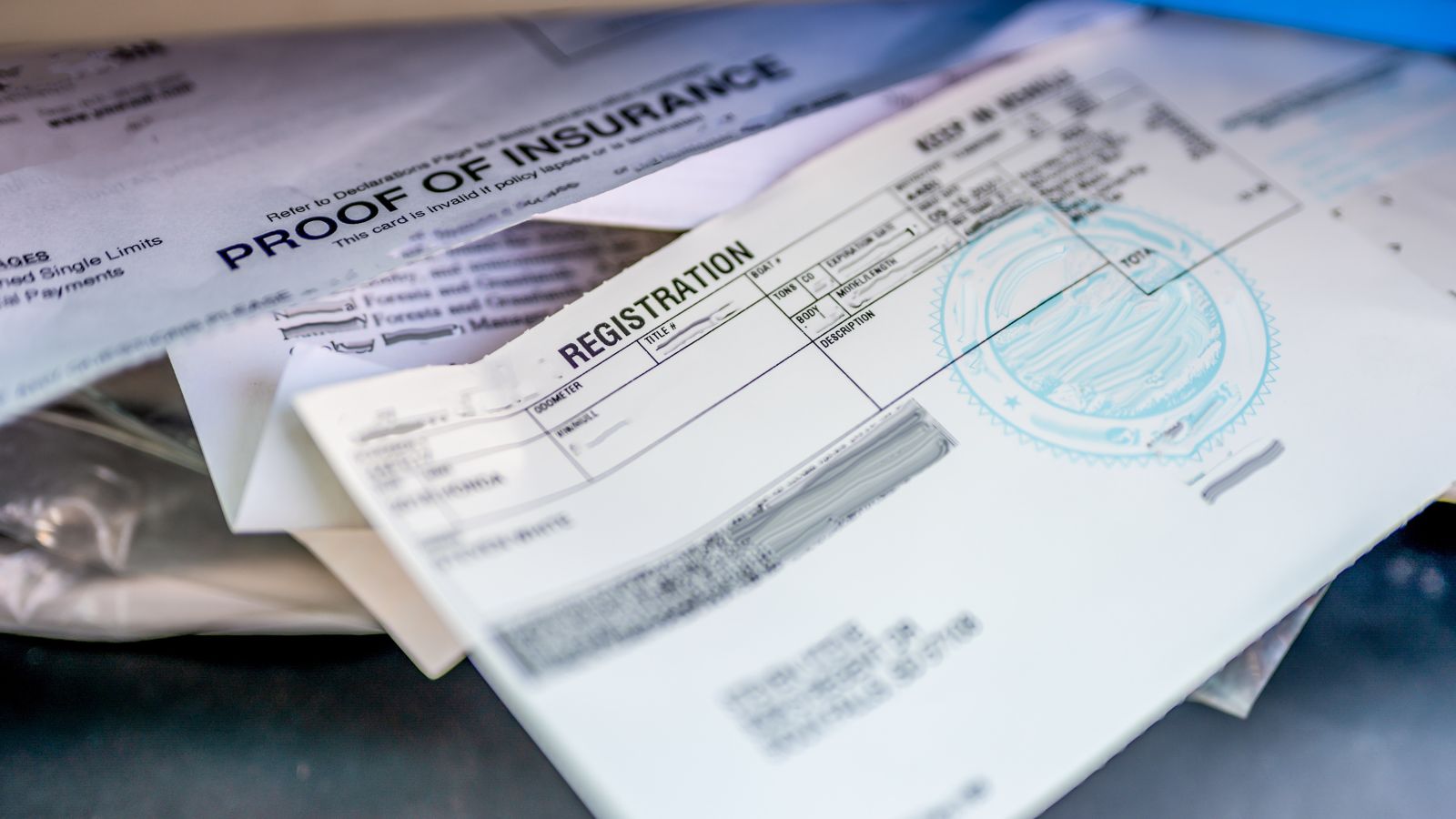
Canadian insurers often create special classic car policies, with perks like lower premiums since these vehicles aren’t daily drivers. The catch? Strict conditions apply. Owners might be limited to under 5,000 km per year, required to store the car in a locked garage, and prove they have a separate daily driver. For enthusiasts, it’s a small price to pay for affordable coverage and peace of mind.
Safety Standards and Modifications
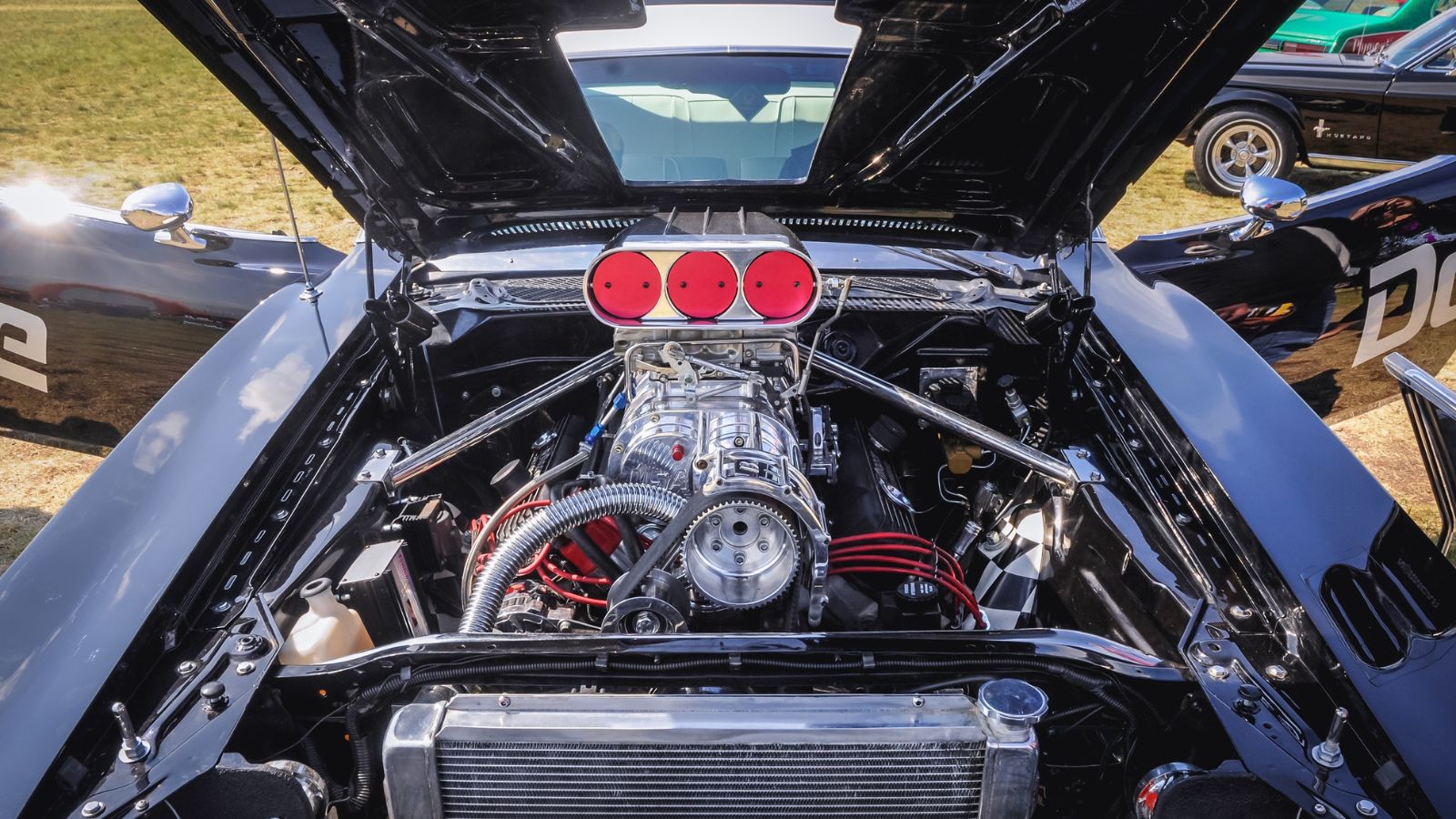
Canada’s Motor Vehicle Safety Standards (CMVSS) require modern cars to meet strict rules, but older classics often bypass them once they’re 15 years old. This is how quirky imports like kei cars, Lancia Deltas, and old Mercedes-Benz diesels can legally arrive here. Enthusiasts see it as a way to keep automotive diversity alive, even if it means dealing with the occasional bureaucratic headache.
Quebec’s Strict Rust Laws

Quebec takes rust very seriously. Cars must pass tough inspections, and corrosion is one of the top reasons for failure. Classic owners often joke that half the restoration cost goes into rust repair just to keep their car legal. This makes Quebec a tough province for classics, but those who succeed can take pride in having some of the cleanest vintage cars in the country.
British Columbia’s Collector Plate Program
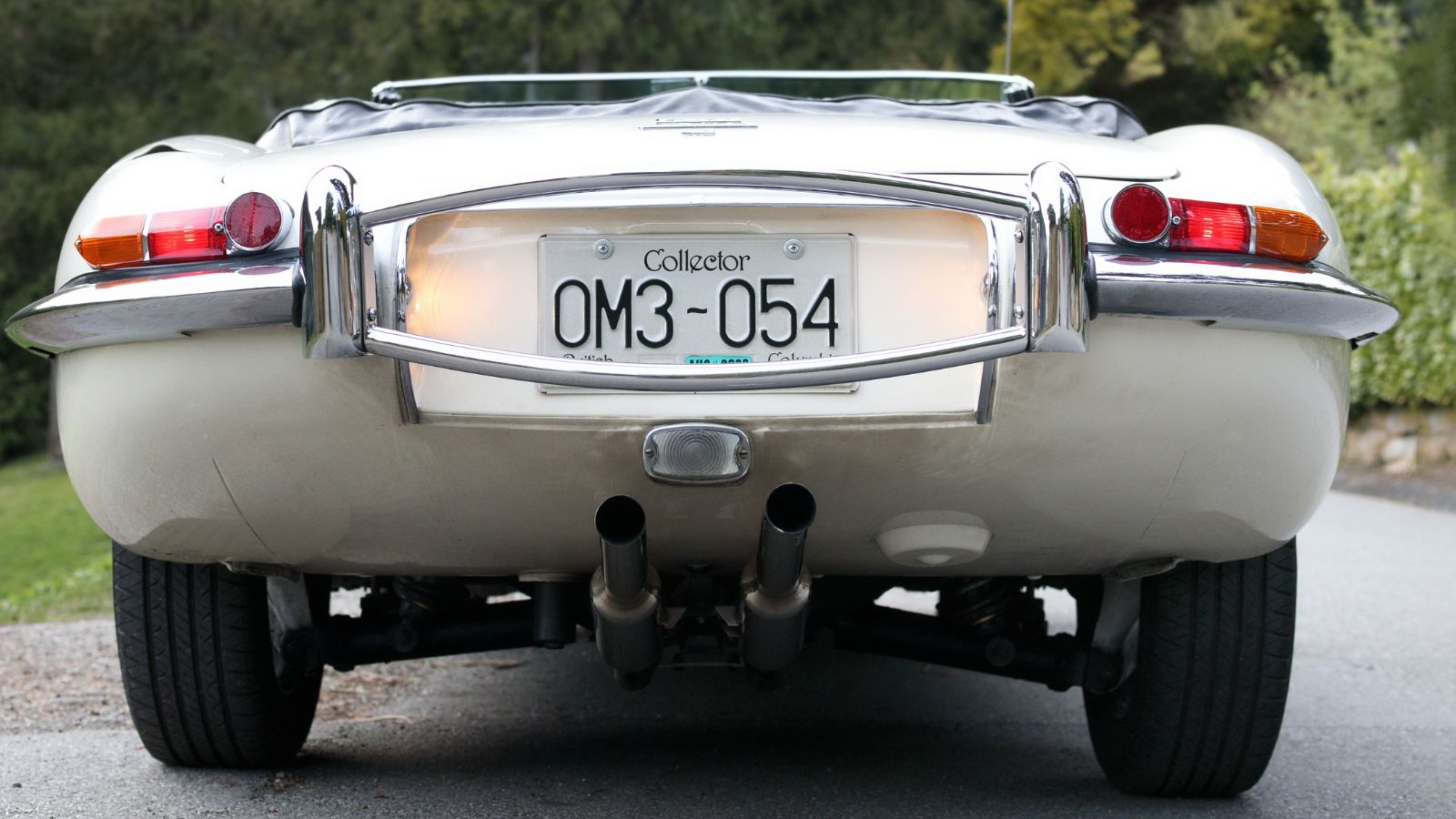
British Columbia is often seen as the most classic-friendly province, thanks to its collector plate program. To qualify, a car must be 25 years or older and largely original, but once approved, insurance rates can be less than half the standard cost. Collector plates are a common sight at BC meets, making them both a money-saver and a mark of authenticity.
Modified Vehicles and Hot Rod Laws
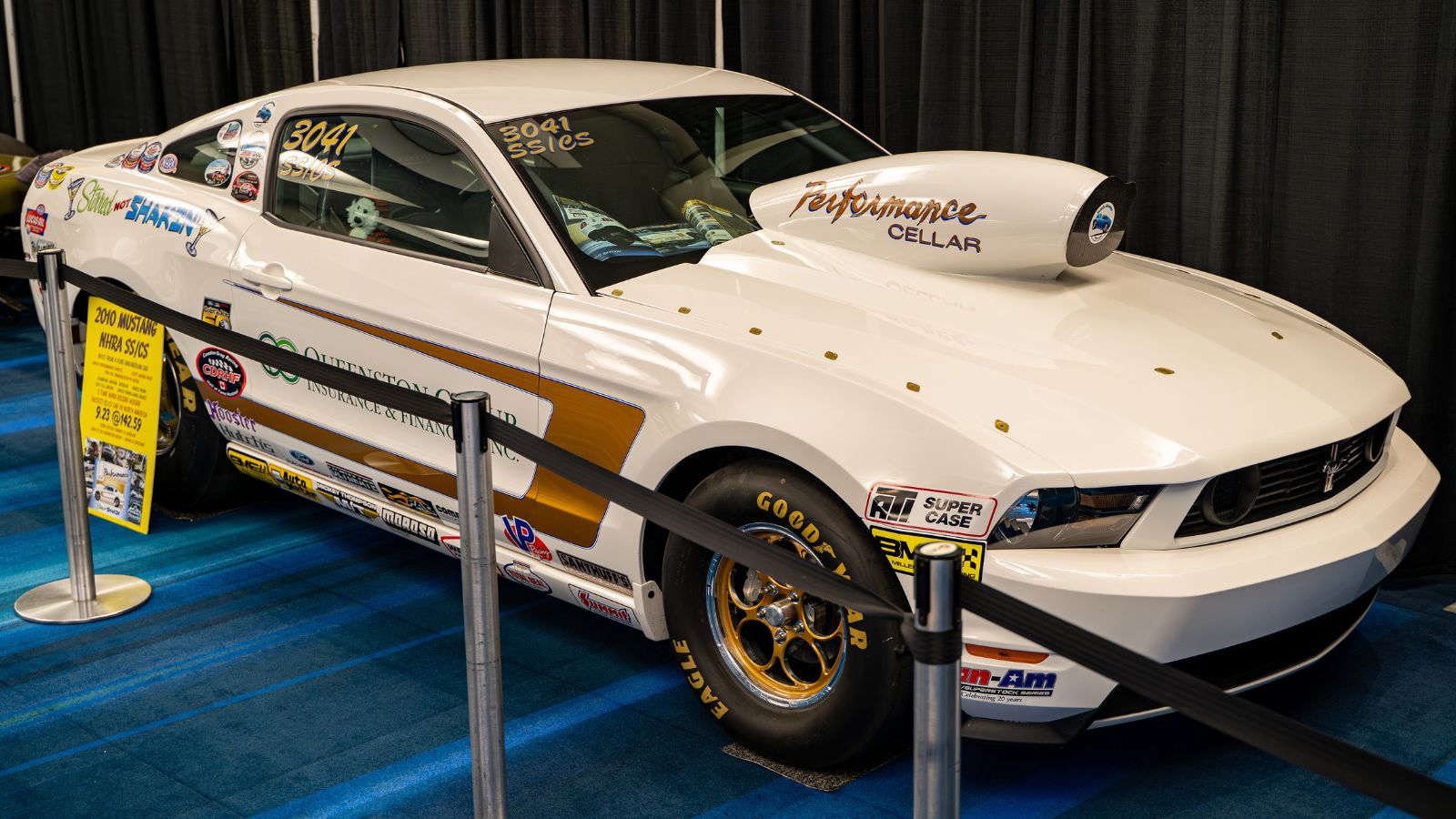
Alberta and Saskatchewan are known for their hot rod culture, and provincial laws reflect that. Modified vehicles can be registered under special categories, but they require inspections to ensure safety. This means heavily customized classics, like chopped Fords or pro-street Chevys, can still get plates — provided builders prove the cars are roadworthy.
Noise Bylaws and Exhaust Restrictions
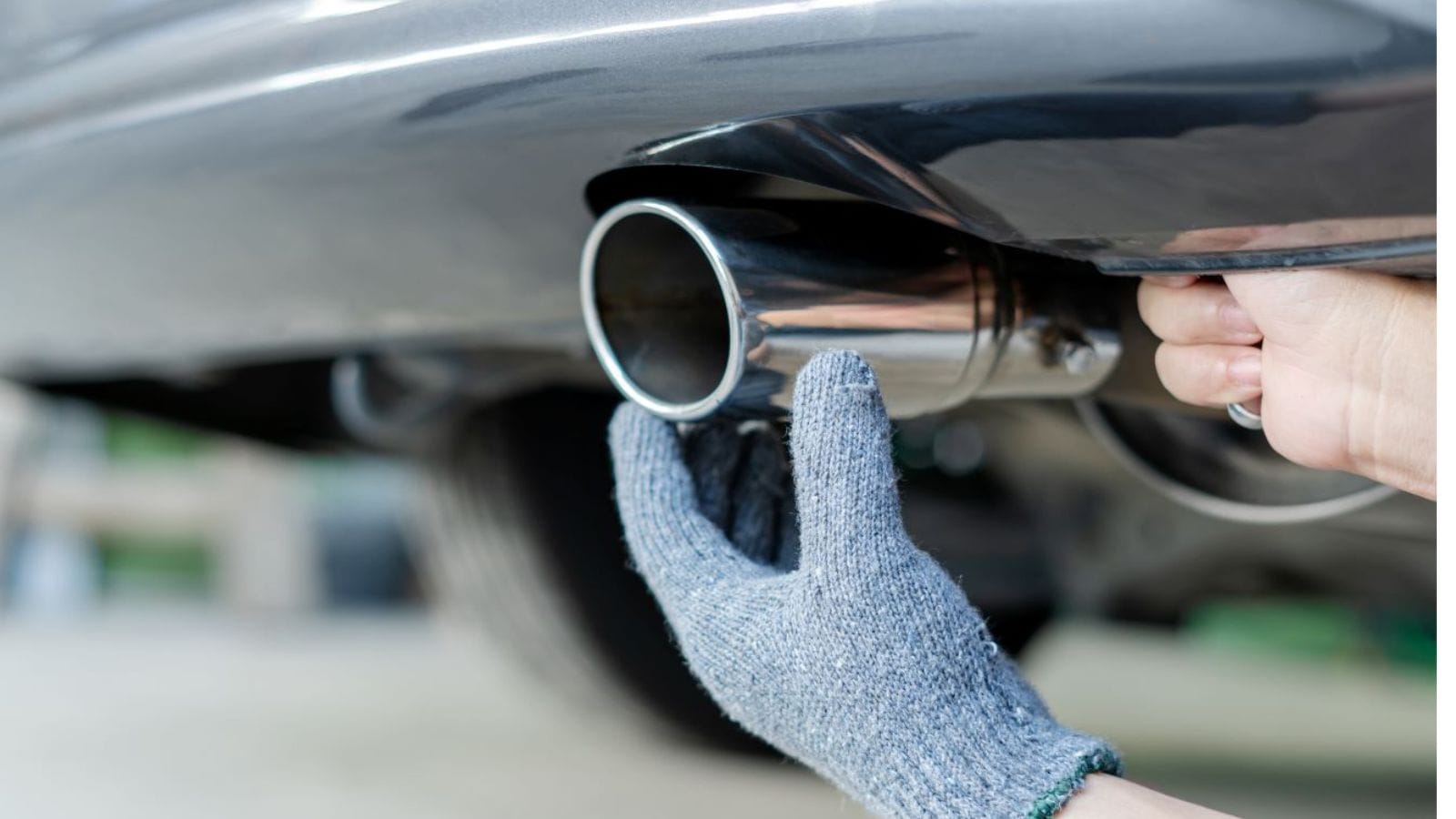
Canada’s big cities take noise seriously. Toronto, Vancouver, and Calgary all have bylaws restricting exhaust sound levels, and police occasionally ticket classics with loud straight-pipe V8s. Enthusiasts argue that it unfairly targets older cars, but the law doesn’t usually distinguish between a 1969 Camaro and a modern tuner car when it comes to decibels.
Daytime Running Lights Requirement
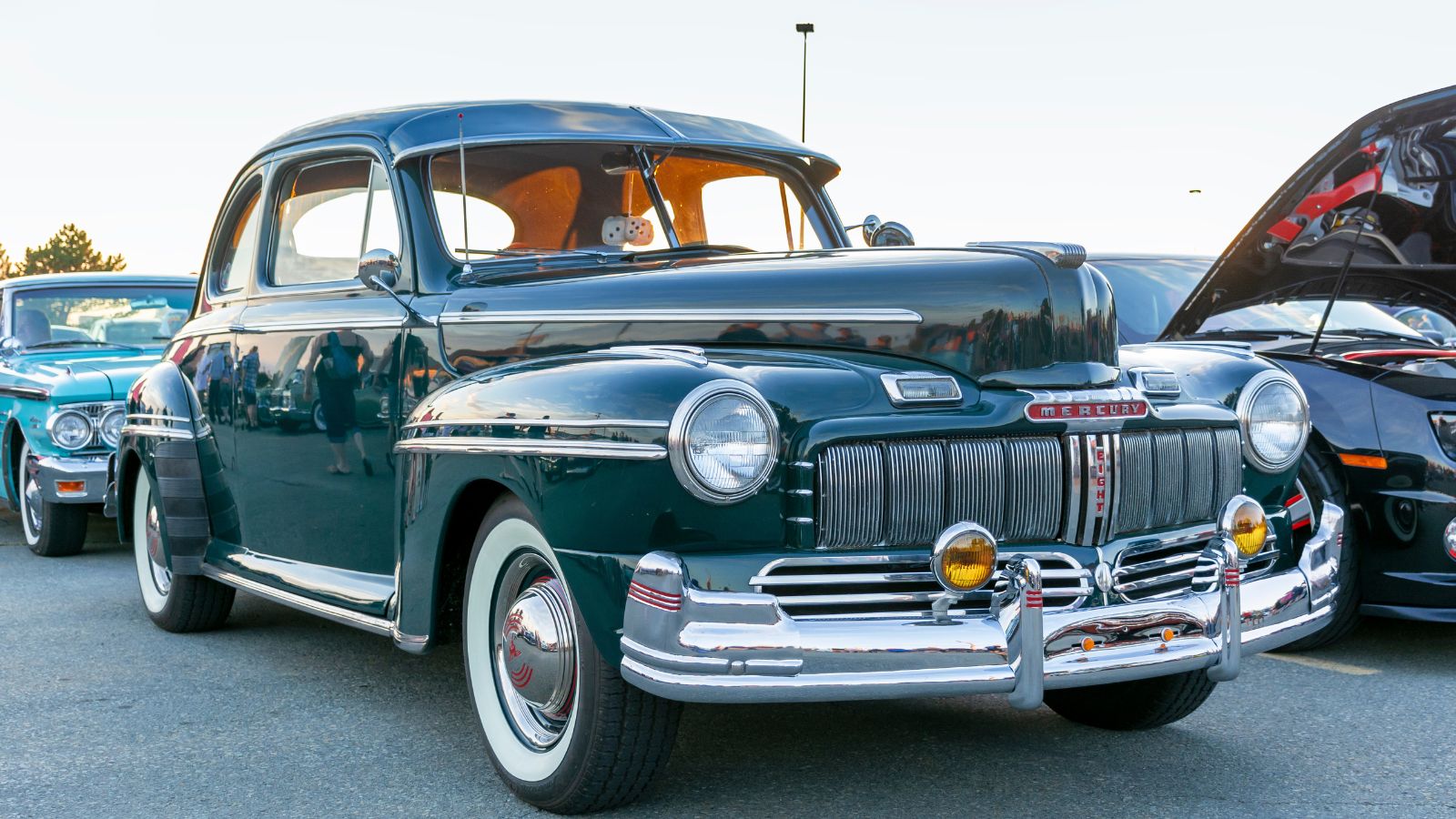
Since 1989, all vehicles sold in Canada have been required to have daytime running lights. Classic imports often need retrofitted systems before they can pass inspections. Some owners rig clever solutions with aftermarket kits, while others wire fog lights to act as DRLs. It’s a quirk that many classic import fans have dealt with firsthand.
Seat Belt Laws for Older Cars
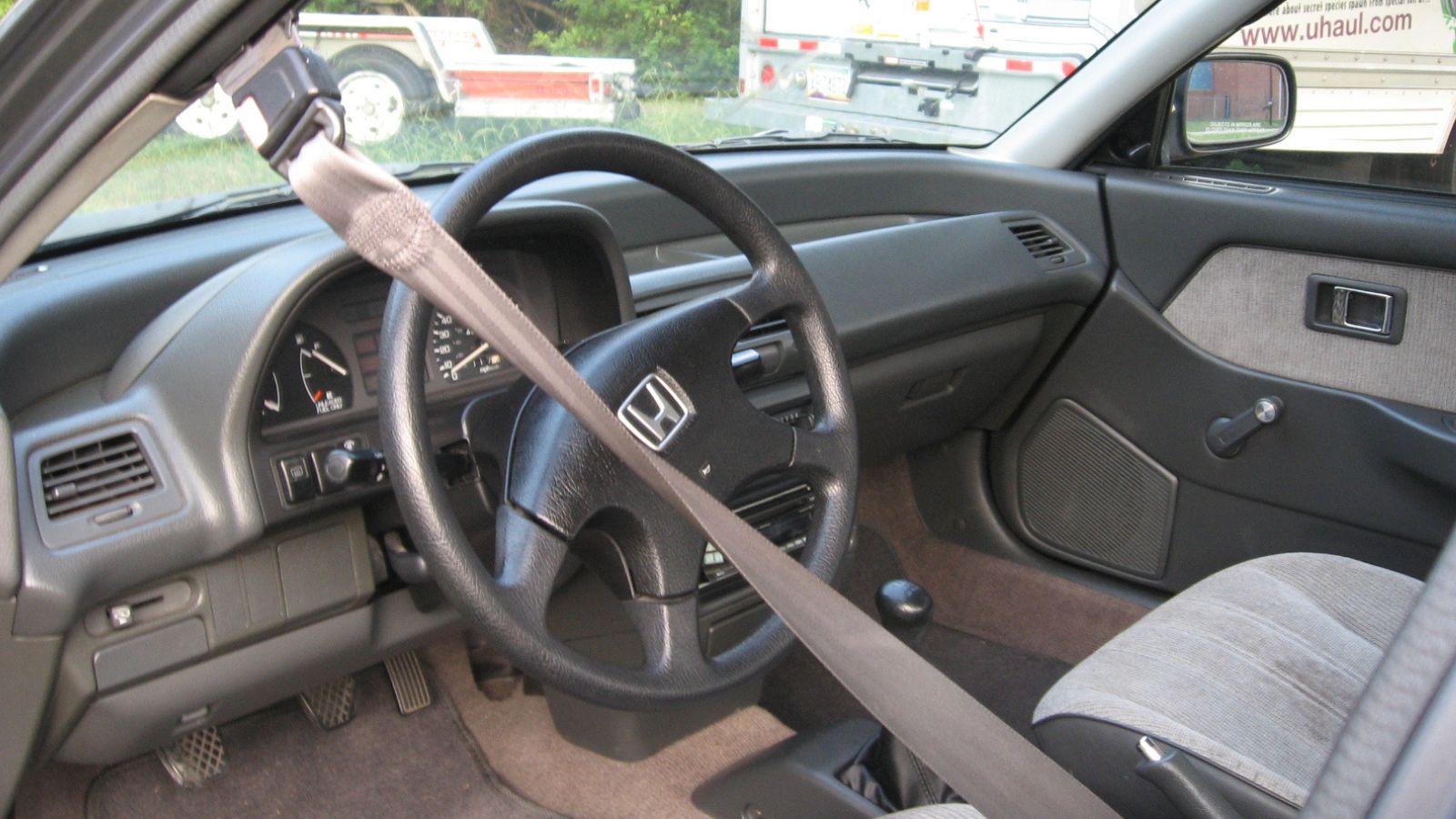
Cars built before seat belts were mandatory in Canada aren’t legally required to be retrofitted with them. That means you can legally drive a beltless 1950s Chevy Bel Air on Canadian roads today. Of course, most enthusiasts retrofit belts for safety, but the law makes it optional, giving purists the choice to keep interiors period-correct.
Headlight Height Rules
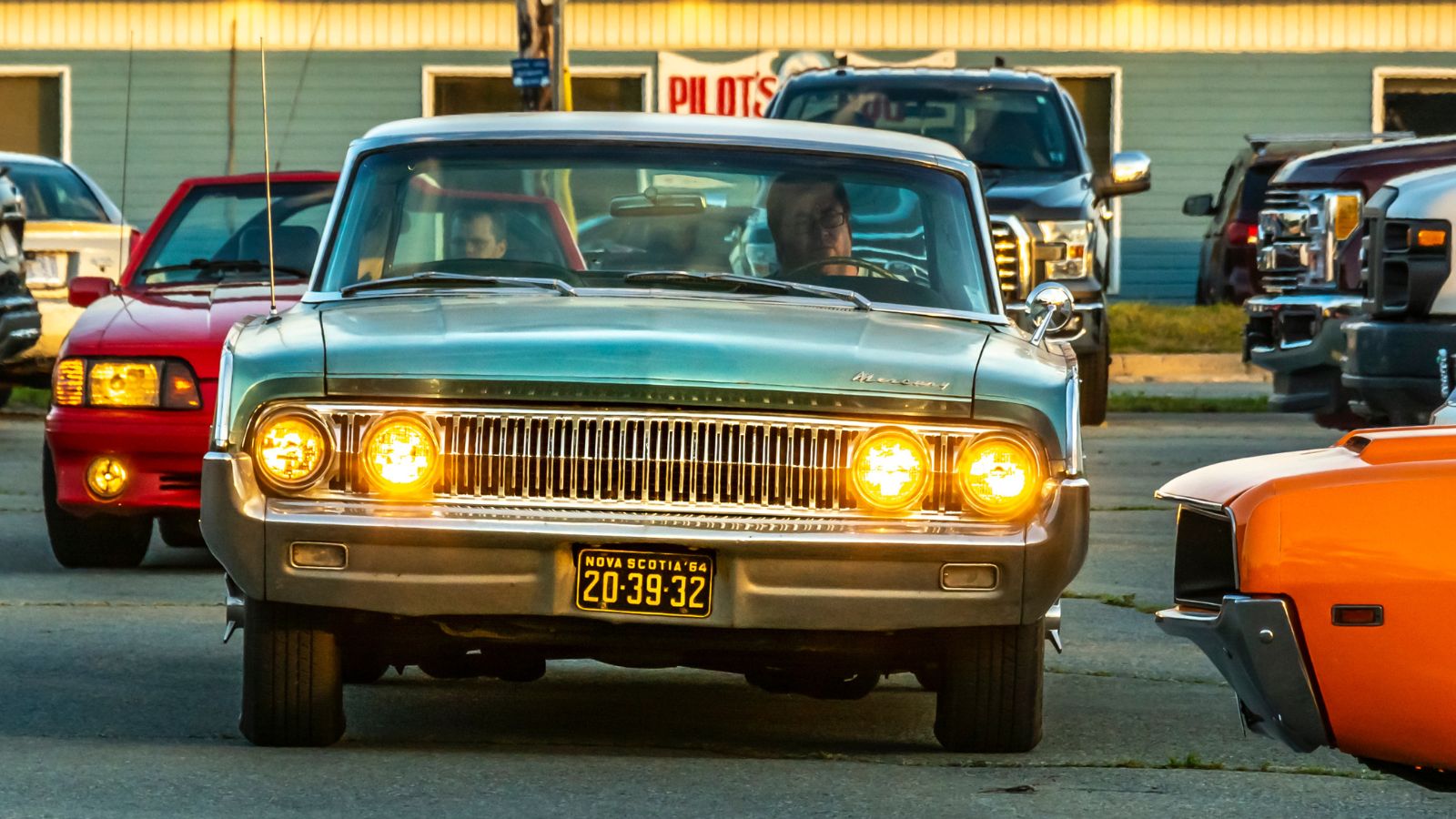
Canadian safety laws set strict limits on how high or low headlights can sit. This has led to issues for imported classics with unusual designs, like kei cars or lifted trucks, which sometimes require modifications to pass inspection. It’s one of those small but fascinating quirks that can catch new classic owners by surprise.
Bumper Height Regulations
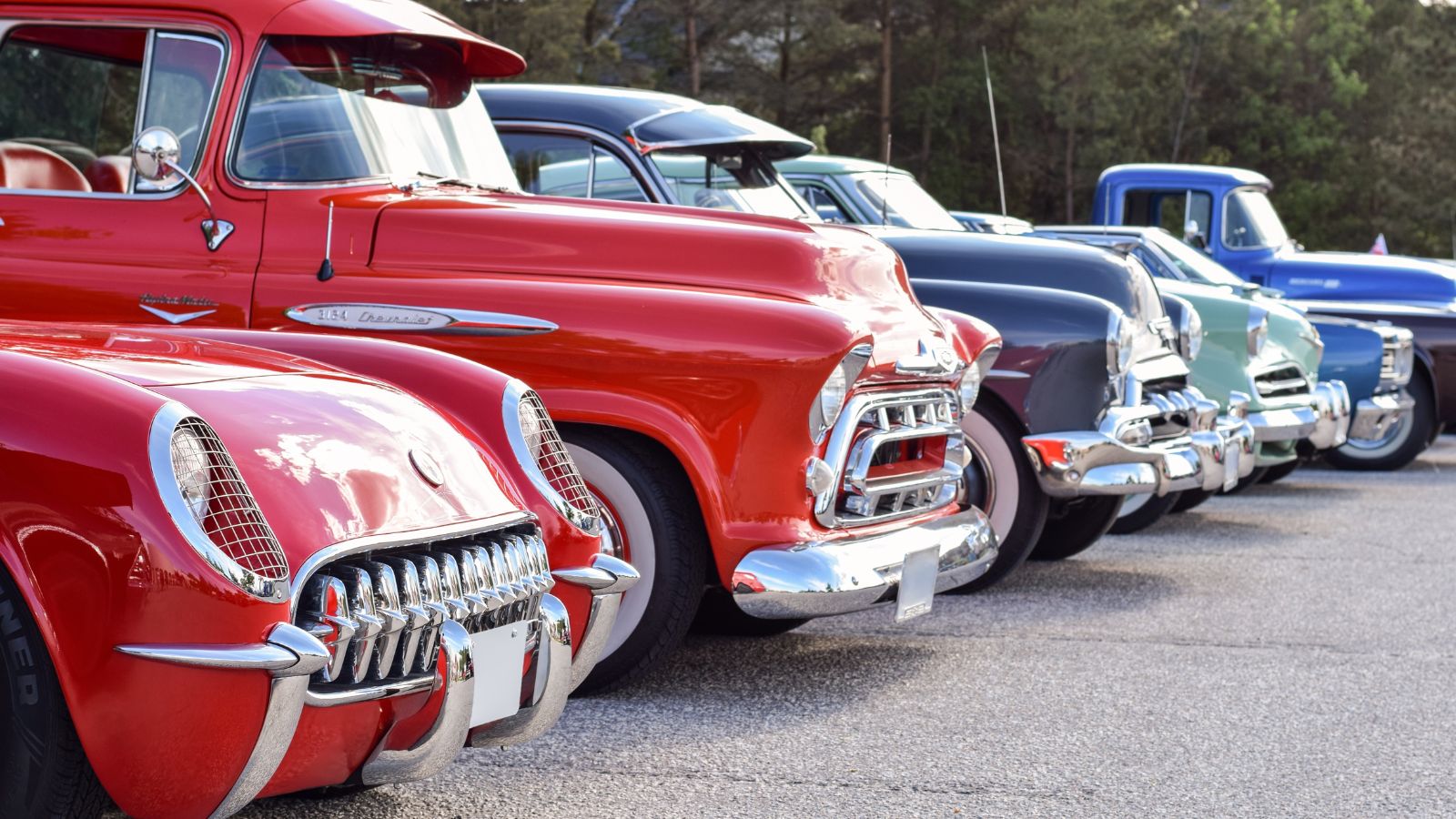
Similarly, provinces like Ontario regulate bumper height for safety. This can be a headache for owners of lifted classic trucks or lowered hot rods. Many enthusiasts end up adding hidden brackets or modifications just to squeak through inspections while still keeping the look they want.
Import Taxes and Duties

Even with the 15-year rule, classics don’t come in free. Canadian buyers pay import duties, GST or HST, and sometimes provincial fees. A $20,000 JDM import can quickly balloon in cost after shipping and taxes, making cross-border deals less of a bargain than they first appear.
Historic Vehicle Clubs and Recognition
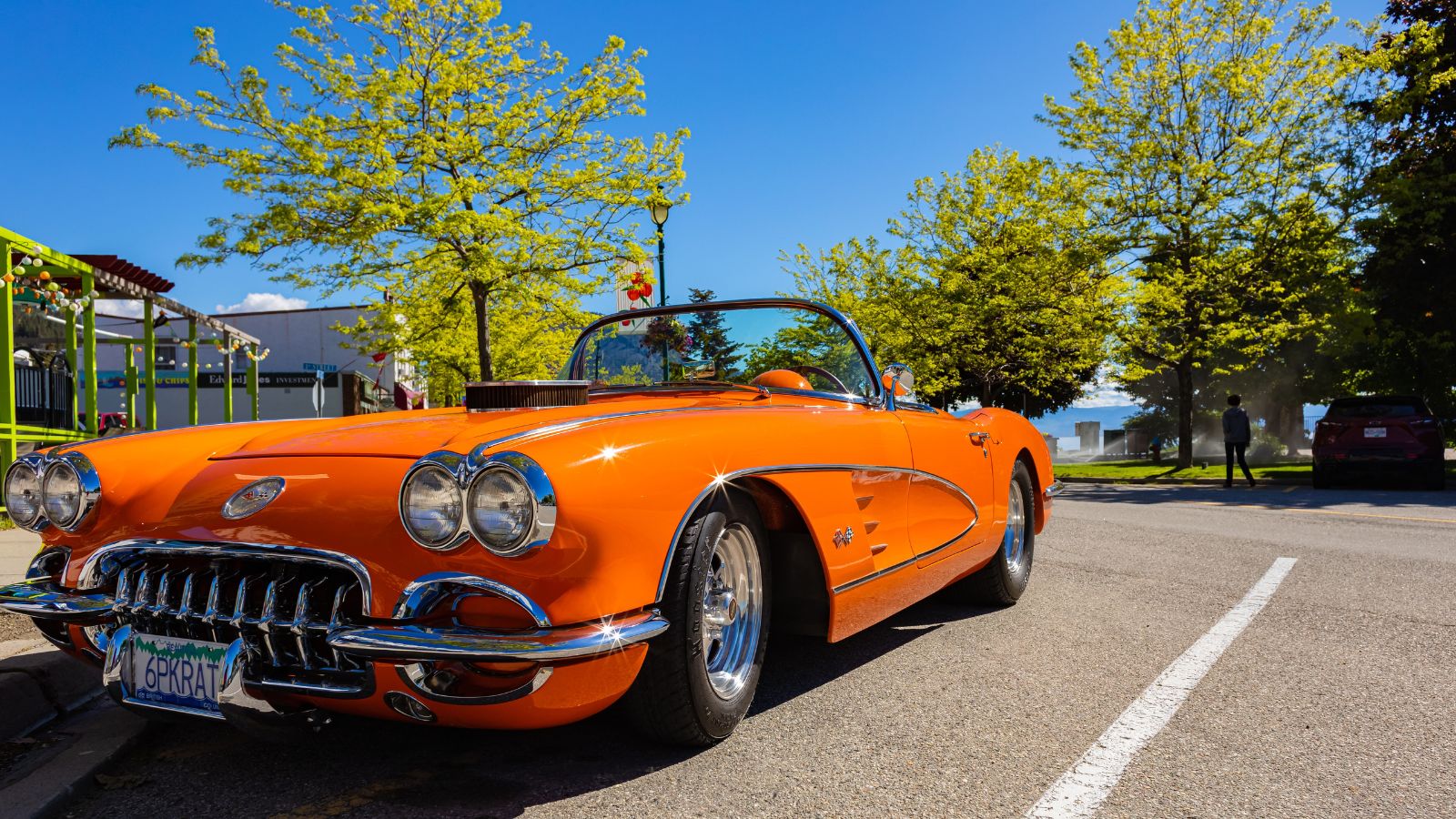
Several provinces recognize classic car clubs in their laws, granting members access to benefits like reduced fees, parade permits, or insurance discounts. Manitoba’s Vintage Car Club, for example, is often consulted on historic vehicle regulations, showing how enthusiast communities can influence the law.
Right-Hand Drive Restrictions
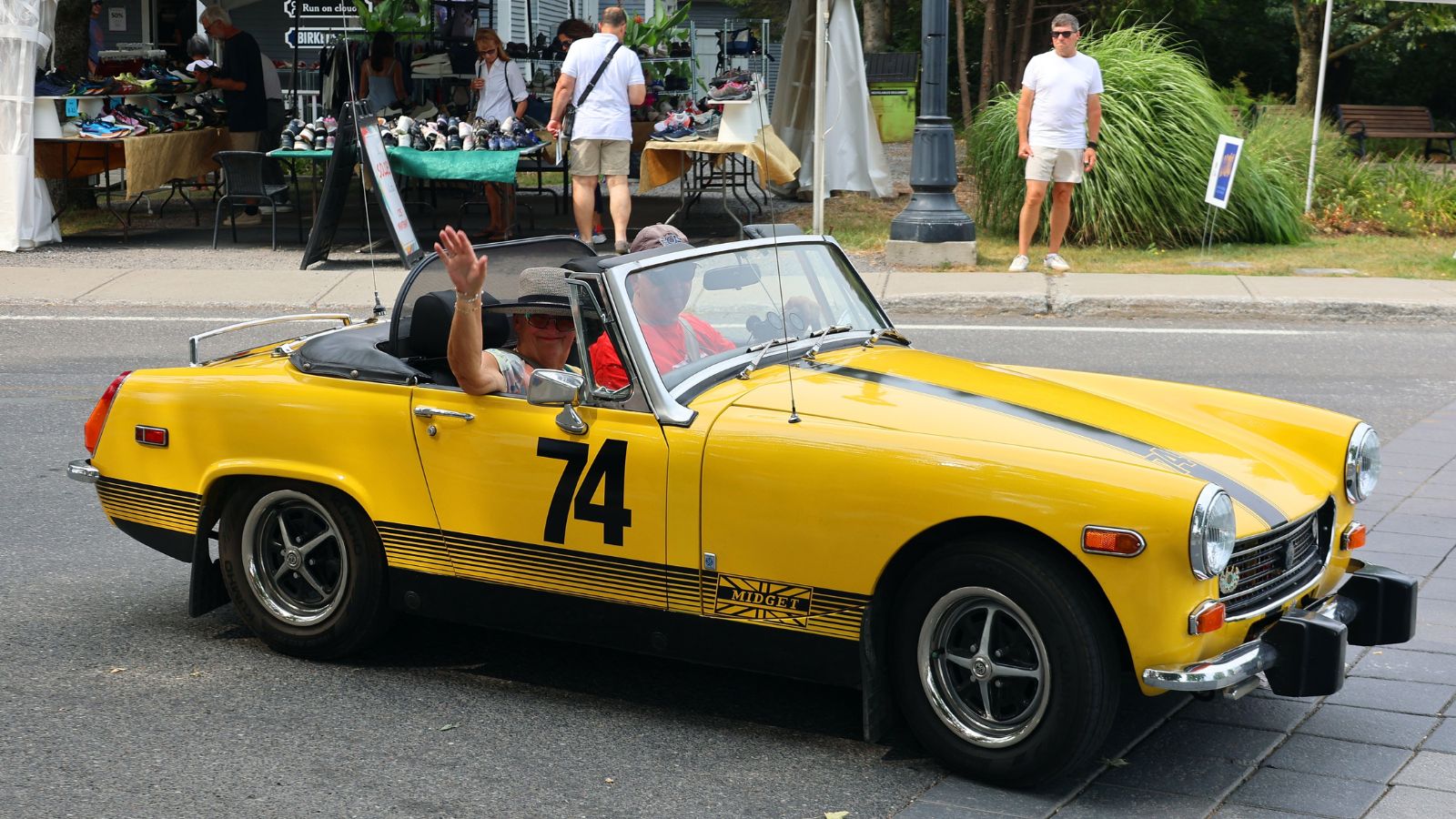
Thanks to the 15-year rule, right-hand-drive imports became common in Canada, from Japanese Skylines to quirky kei trucks. Some provinces, like British Columbia, debated restrictions due to safety concerns, but owners pushed back, citing accident data that didn’t show major risks. It remains a flashpoint in Canadian car culture, with RHD cars still legal but occasionally under scrutiny.
Winter Storage Insurance Rules
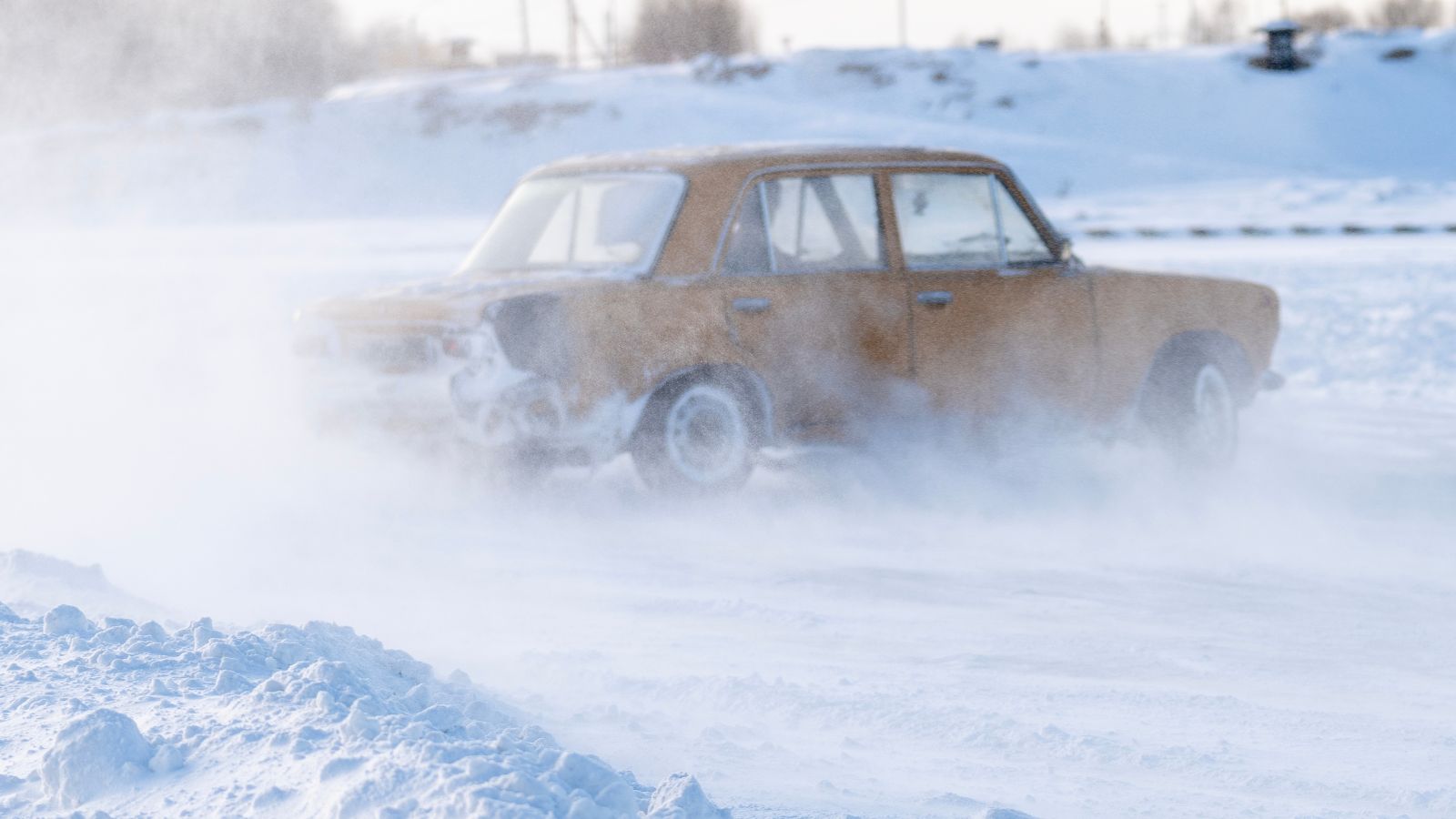
Canadian insurance laws recognize that most classics go into hibernation during the long winter. Many insurers offer storage policies that reduce premiums while cars are off the road, protecting them against fire or theft without charging for road coverage. It’s a uniquely Canadian solution to a very Canadian problem.
Replica and Kit Car Legality
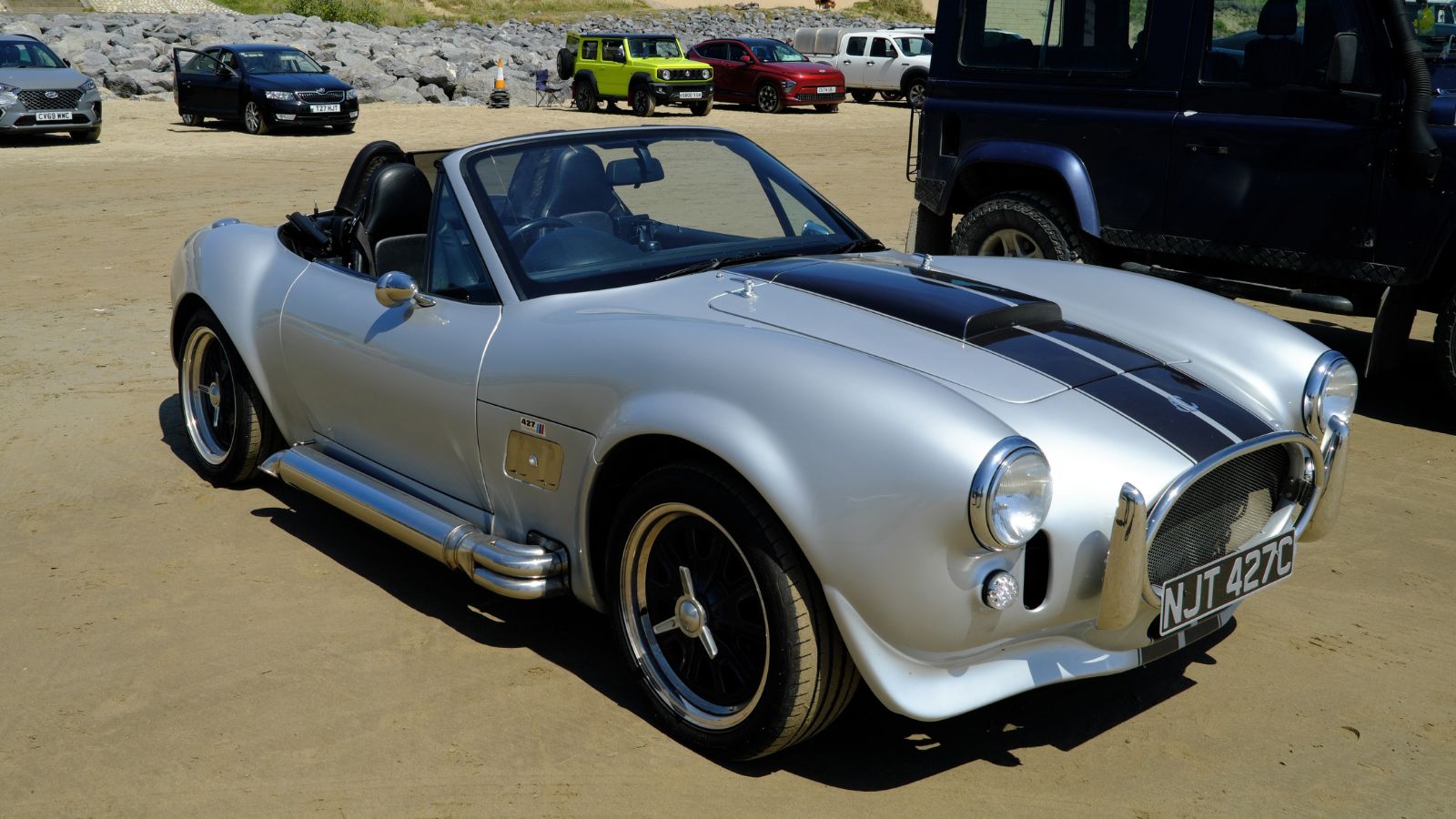
Replica Cobras, kit-built hot rods, and re-creation classics can be registered in Canada, but provinces vary on how strict they are. Ontario, for example, requires thorough safety inspections, and some owners have to classify their vehicles as “homebuilt.” Enthusiasts often swap notes online about the best way to navigate the system.
Auction Sales and Disclosure Laws
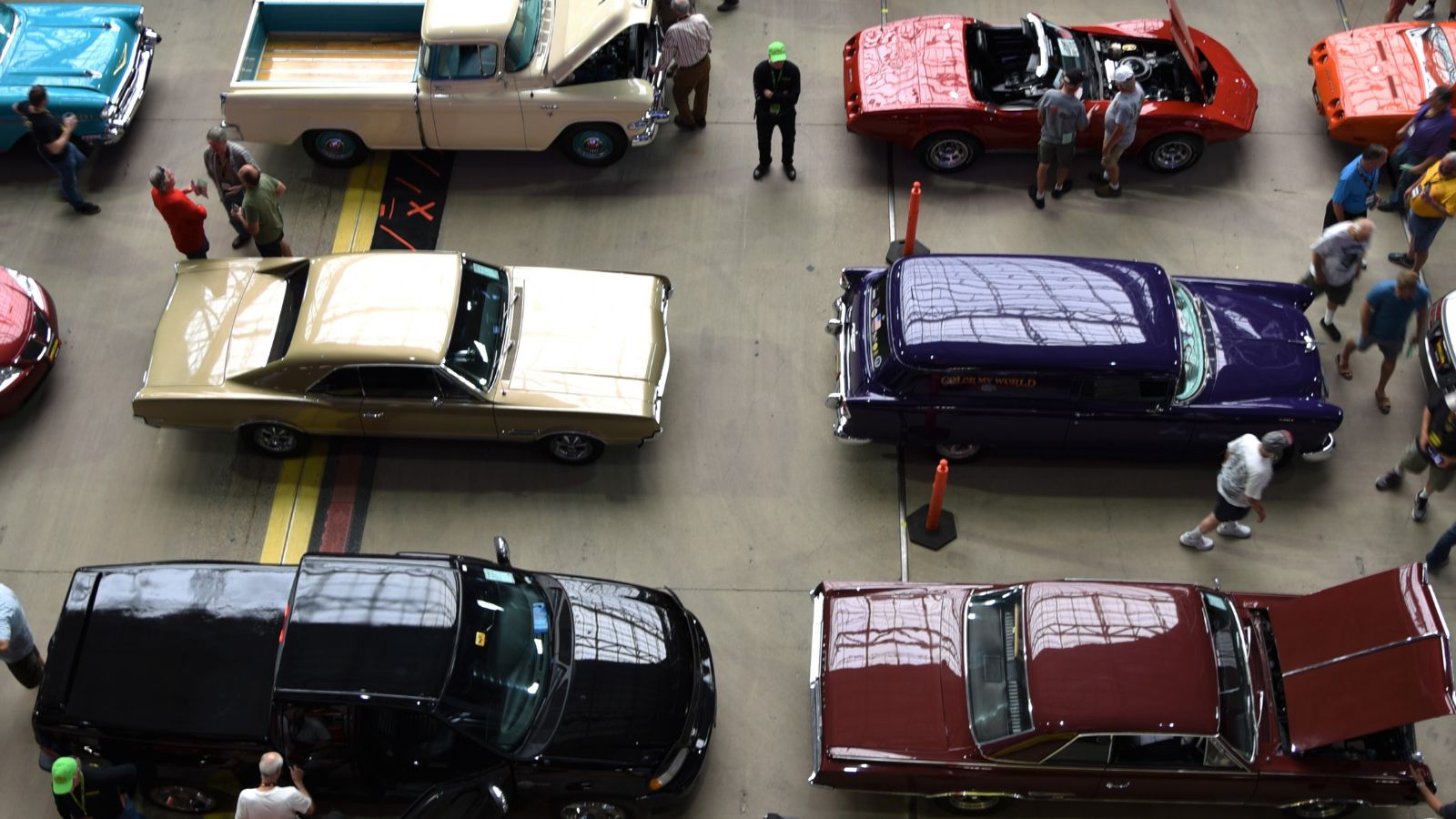
When classics are sold at auction in Canada, consumer protection laws apply. Sellers are legally required to disclose major repairs, accident damage, and whether a car is authentic or a replica. This adds a layer of trust to high-profile auctions in places like Toronto or Calgary, where six-figure classics change hands.
No Restrictions on Age for Driving

Unlike some countries that limit the use of very old cars on modern roads, Canada allows classics of any age to be registered and driven if they pass inspection. This means you could legally cruise a Ford Model T through downtown Toronto today. It’s a law that highlights Canada’s relatively open approach to keeping automotive history alive.
Laws Matter

For Canadian enthusiasts, classic car laws shape everything from which vehicles we can import to how we insure, register, and drive them. Some rules make Canada more welcoming to classics than the U.S., like the 15-year import policy, while others create extra hurdles, like Quebec’s strict rust inspections. Together, they form a unique landscape that makes owning a classic in Canada both rewarding and, at times, challenging. But for those who love these cars, navigating the quirks of the law is all part of the adventure.
25 Facts About Car Loans That Most Drivers Don’t Realize

Car loans are one of the most common ways people fund car purchases. Like any other kind of loan, car loans can have certain features that can be regarded as an advantage or a disadvantage to the borrower. Understanding all essential facts about car loans and how they work to ensure that you get the best deal for your financial situation is essential. Here are 25 shocking facts about car loans that most drivers don’t realize:
25 Facts About Car Loans That Most Drivers Don’t Realize
